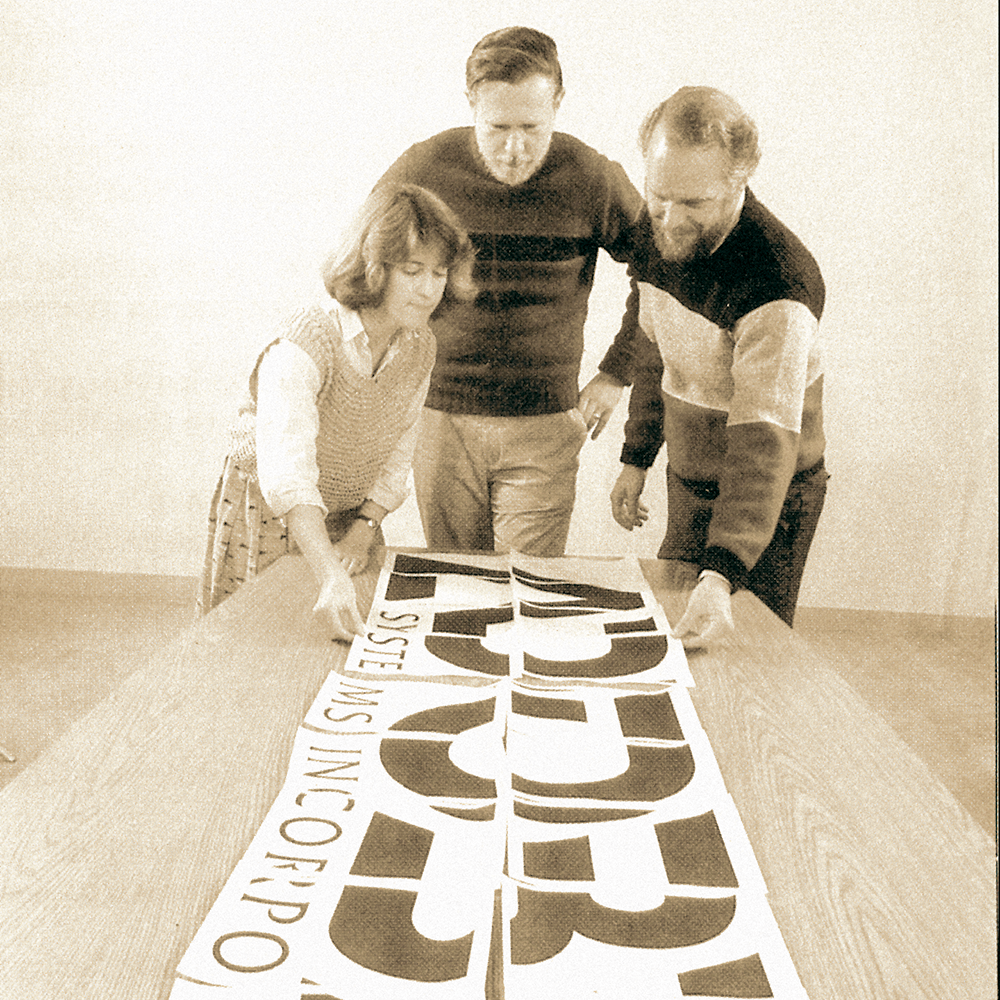
August 23, 2011
Andrés Duany’s Asian Problem

Sze Tsung Leong, Putuo District, Shanghai, 2005
Only ten years ago, in the wake of 9/11, there were many voices telling us that we had come to the end of the skyscraper era: that no one would want to work or live in tall buildings with the threat of terror ever-present, and that the Internet would so decentralize our lives that cities (and tall buildings) would be obsolete. As I write in a feature, Castles in the Air, for Scientific American’s special issue on cities, this has not turned out to be true. We live in the greatest skyscraper age of all time. Over the last decade, we have built more skyscrapers than at any time in history, and the buildings themselves are taller than ever. As Carol Willis, the founding director of New York’s Skyscraper Museum put it, “There were a lot of foolish predictions or claims that skyscrapers killed people. Terrorists killed people. It wasn’t the buildings that were evil or dangerous.”
We think differently about skyscrapers than we did ten years ago. While there are plenty of supertall prestige projects out there that will never recoup their investment or approach any reasonable definition of sustainability, there is a growing consensus among architects and planners that the skyscraper is a desirable urban typology. In the words of Norman Foster, “there are clear environmental benefits in high density, and in reducing urban sprawl by bringing spaces for living and working together within a single, compact footprint.”
There are some, however, who disagree with this assessment, and chief among them is new urbanism champion Andrés Duany. “There’s an argument for density. There’s an argument for diverse neighborhood structure that supports transit and that is self-sustaining. But there’s not an argument for tall buildings that need elevators,” he told me.
Duany’s opinions are the subject of a separate piece on the Scientific American website. As that story indicates, when our conversation turned to the skyscraper boom in Asia, Duany, who was antagonistic to begin with, became even more angry. To follow are his unabridged remarks on this subject, which were excerpted in the Sci-Am piece:
You can make the Asians do anything. They can drink their own piss. You tell them do it and they do. There is no comparison between an Asian situation and an American situation. They will do anything they are told. We will not. They will do anything they are told. I’ve been to their apartments. Their little pieces of shit. They’re coming from hovels, but what can you say about that?….It’s a fantastic cruelty that’s being perpetrated on the people. It’s a fraud and a cruelty. They’re destroying their neighborhoods for real estate speculation. It’s a spectacular cruelty. It absolutely breaks my heart. I’ve seen the people in their little cubicles in the high rises. Google the suicides of the Malaysians. And then go visit them in their little cubicles in the sky. Saddest thing I’ve ever seen.
Make of the comments what you will.
For what it’s worth, I spoke with Tom Campanella, who is almost certainly the leading American expert on Chinese Urbanism (and the author of Concrete Dragon: China’s Urban Revolution and What It Means for the World) about the actual substance of Duany’s comments. While there’s no question that there’s a lot of crappy skyscraper building going on in Asia, and large numbers of people live in odious conditions, according to Campanella tall buildings are “absolutely essential” in order to accommodate the massive migration of people from China’s rural areas to its cities—”easily the largest migration in human history.”
For all the gloom, he suggests there’s actually much to be encouraged about in Asian urbanism. Unlike much of the West (and America in particular), there is no “deep-rooted anti-urbanism” on a cultural level, nor is there anything that might be analagous to the “white flight” problem. For better or worse, or maybe better and worse, Asian cities and skyscrapers will be defining each other for many years to come.
Observed
View all
Observed
By Mark Lamster




